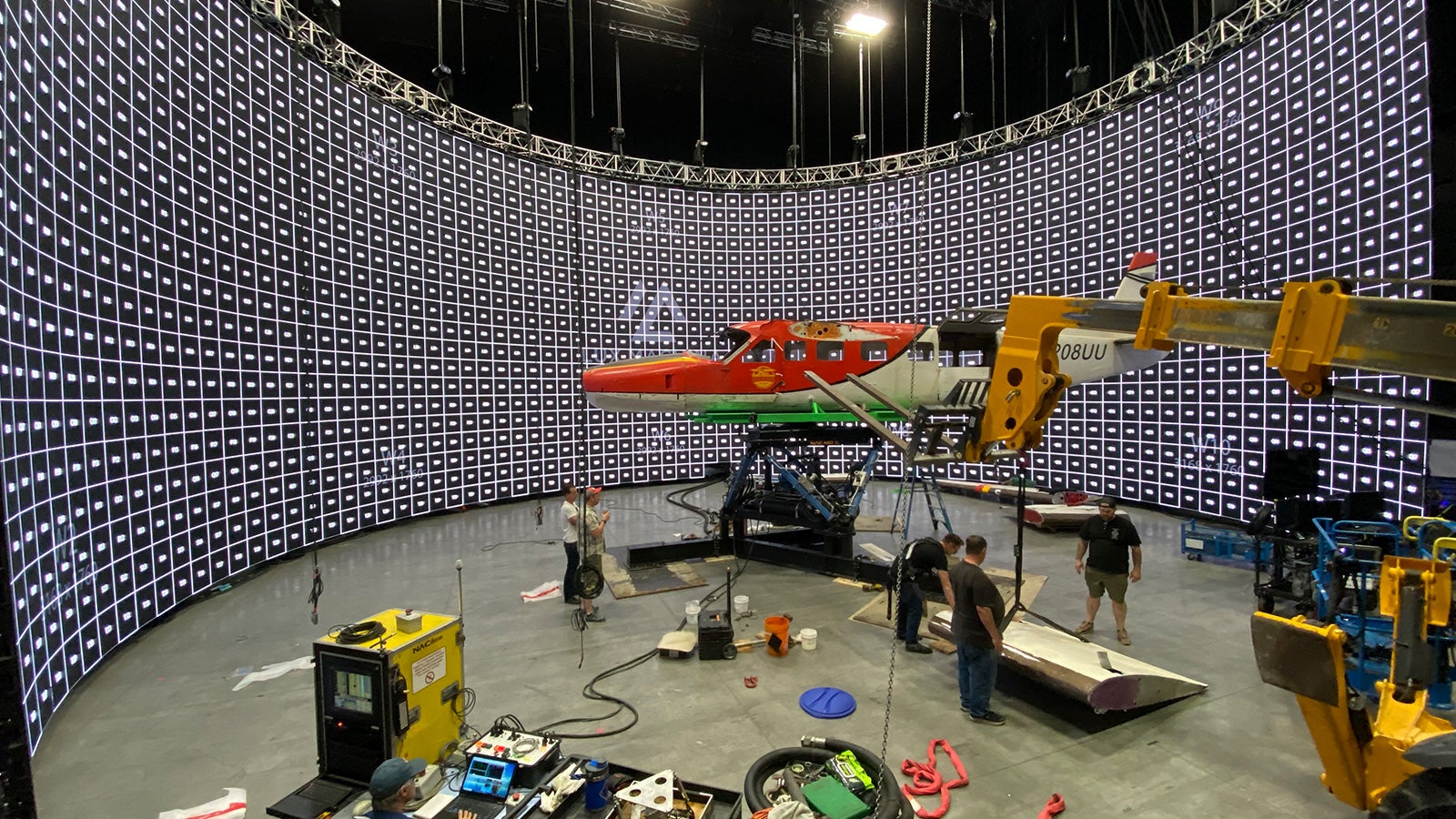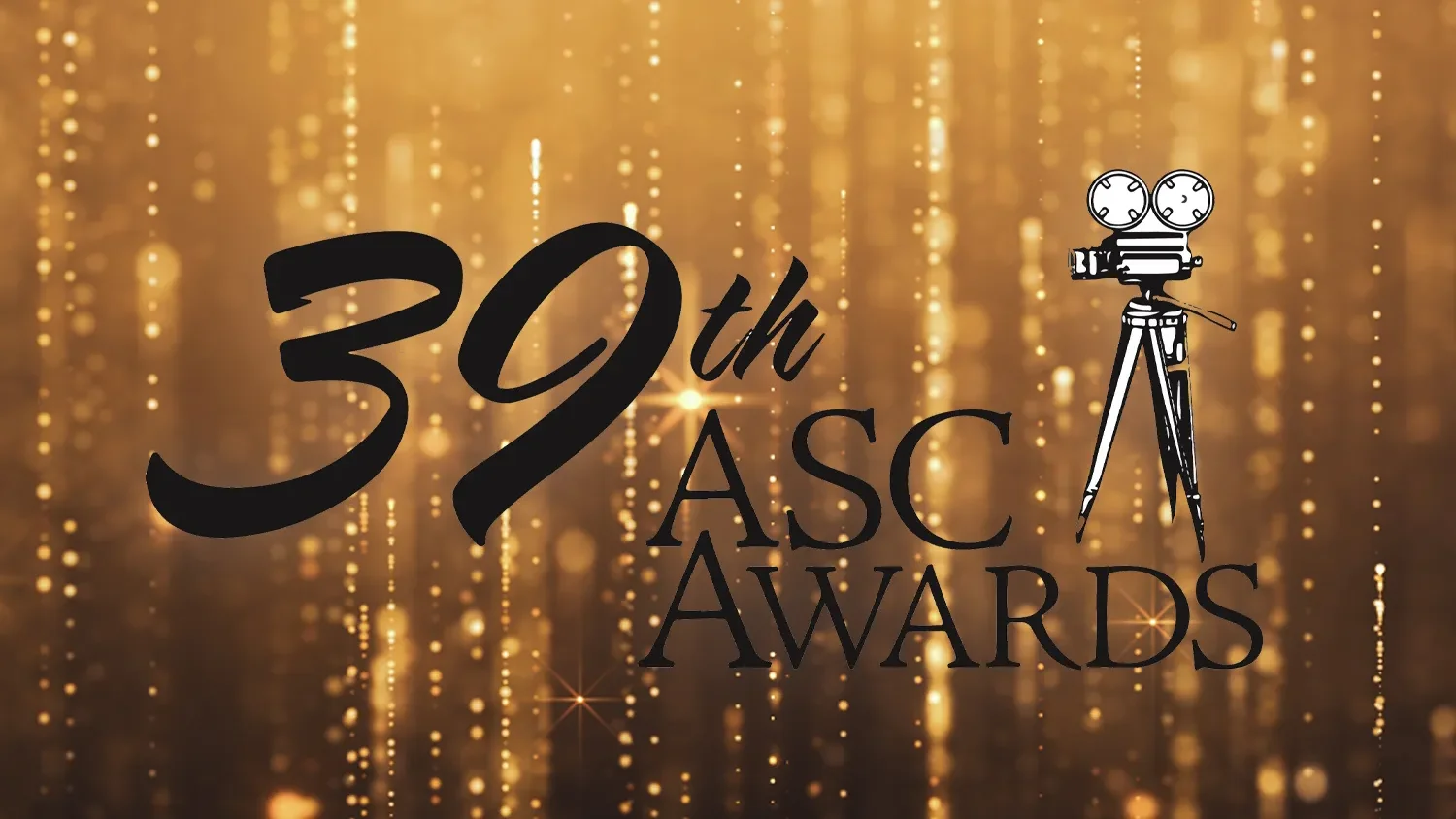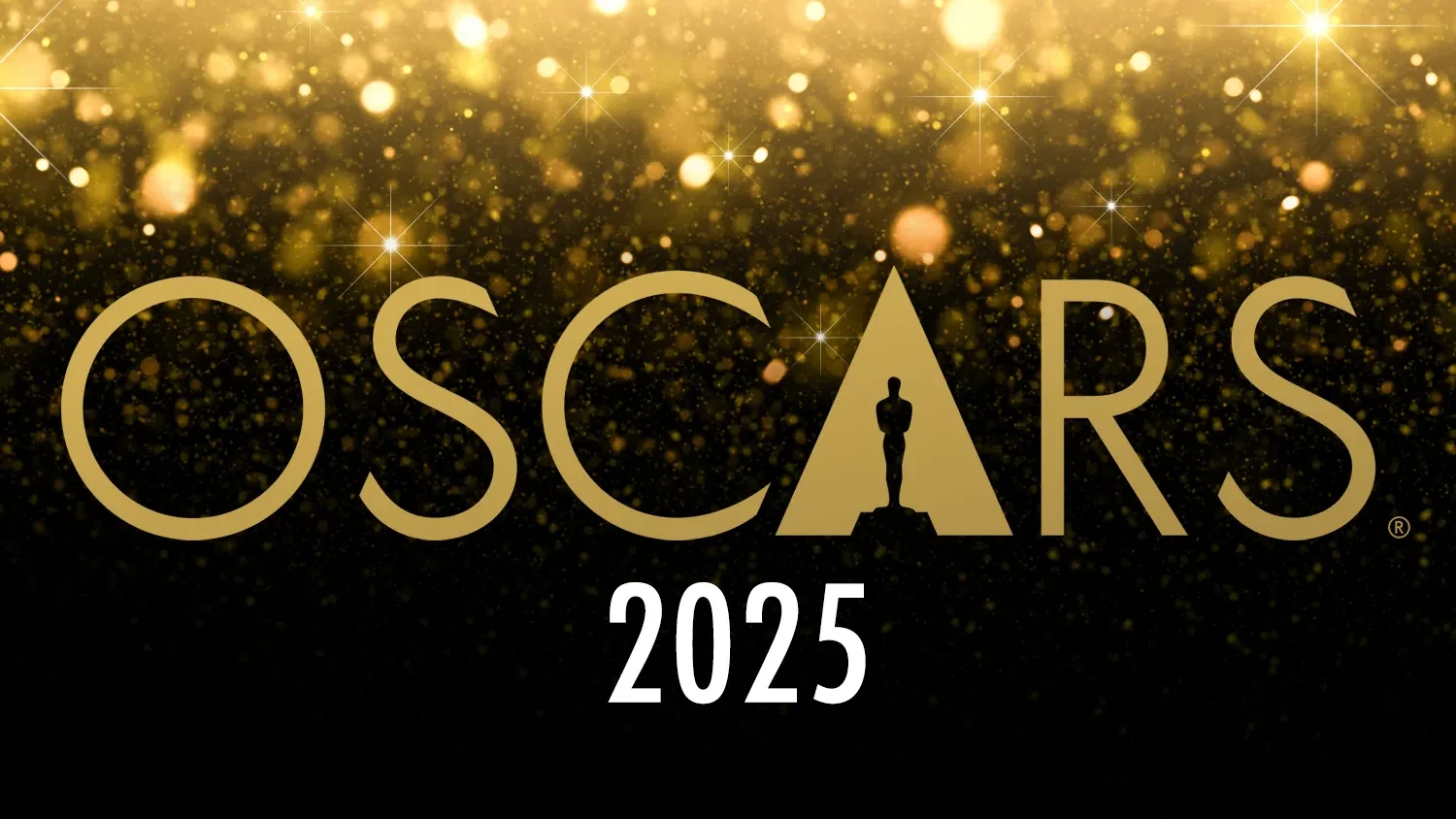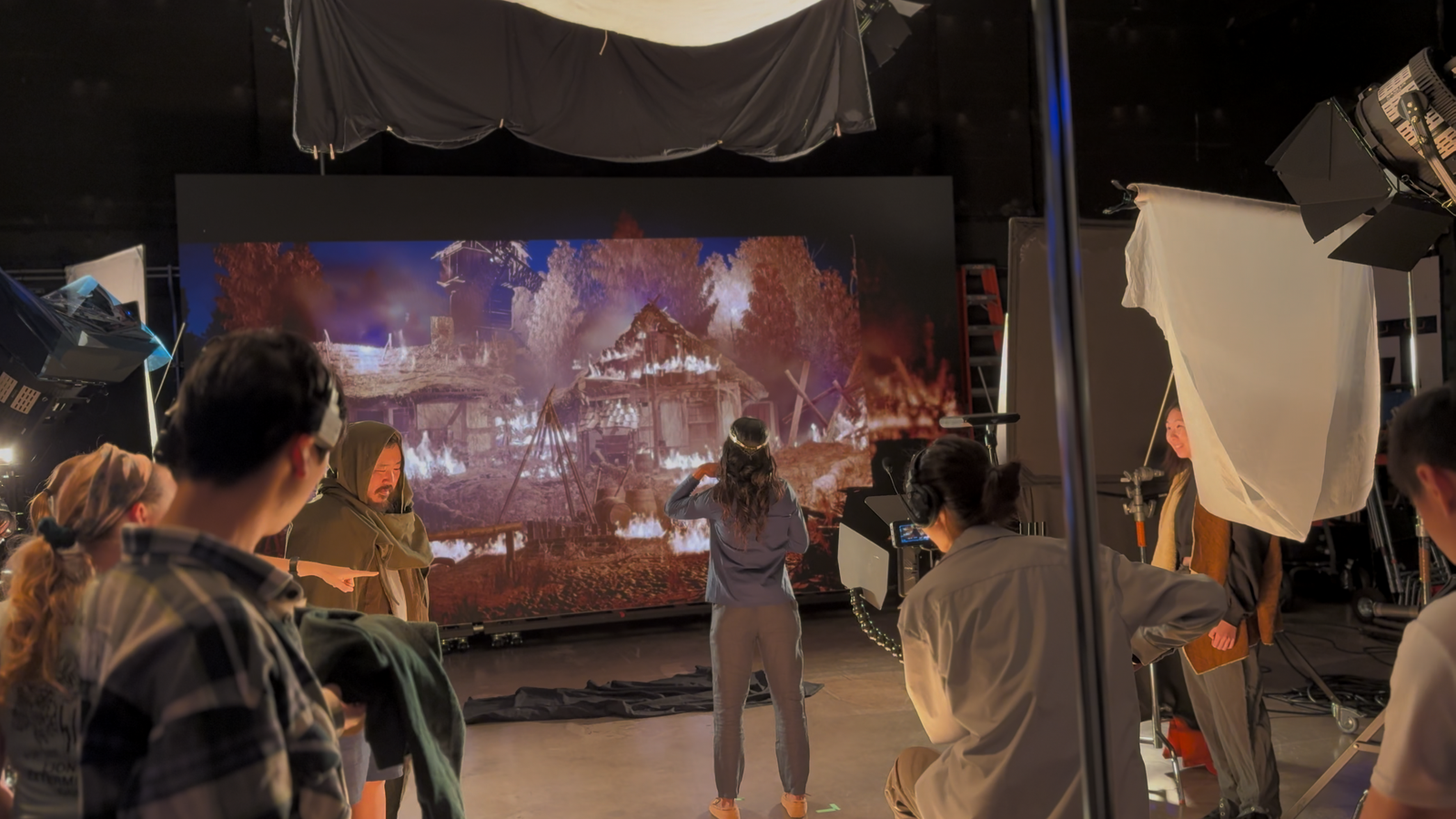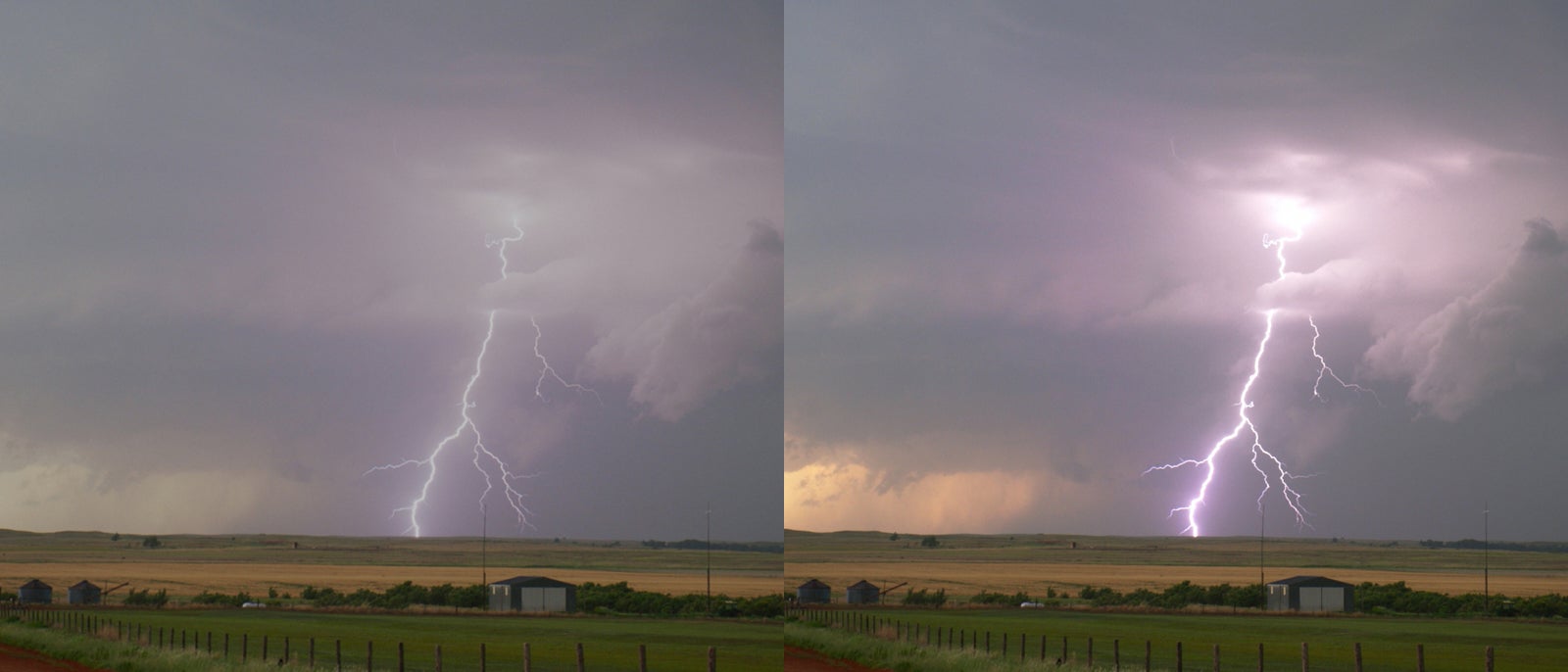
01-21-2021 - Case Study, Gear, Technology
HDR - What Does it Really Mean? - Part 2 – Shooting HDR and On-Set Monitoring
By: Alister Chapman
Alister Chapman is a DP, editor, producer, educator, and is very well versed in technology and all things camera and video related.
To learn more about Alister Chapman, visit his website: xdcam-user.com.
This is a continuation of the following article:
HDR - What Does it Really Mean? - Part 1 - The Tech Behind the Look
Part 2
But what does all of this mean when shooting for HDR?
All in all not a lot, really. Of course, you want a camera that can capture a large dynamic range. Any of Sony’s cameras which can record in S-Log2, S-Log3 or RAW can be used to shoot HDR. Cameras like Sony’s VENICE, the FX9 or FX6 would be good choices.
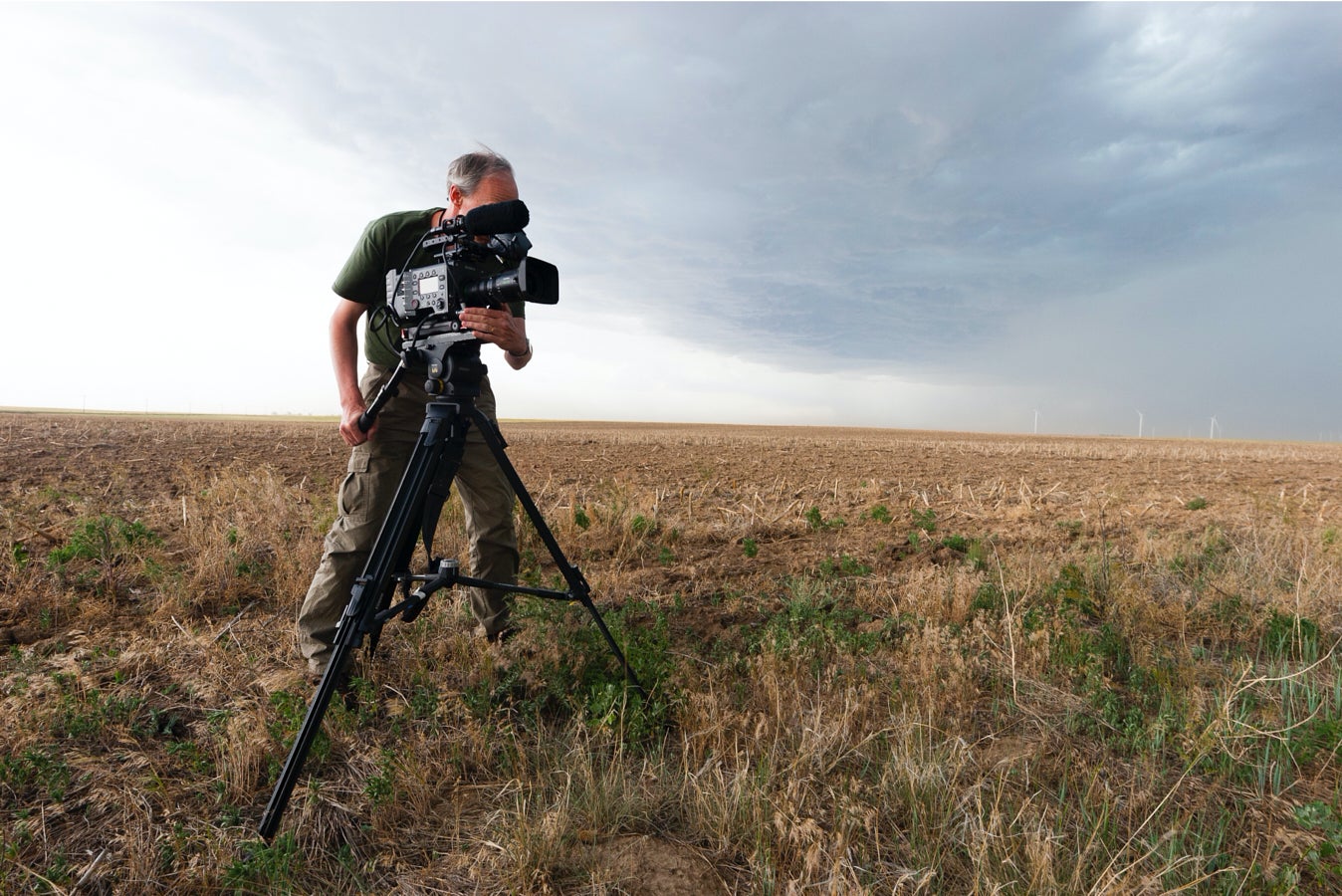
The author shooting storms on a VENICE for an HDR production
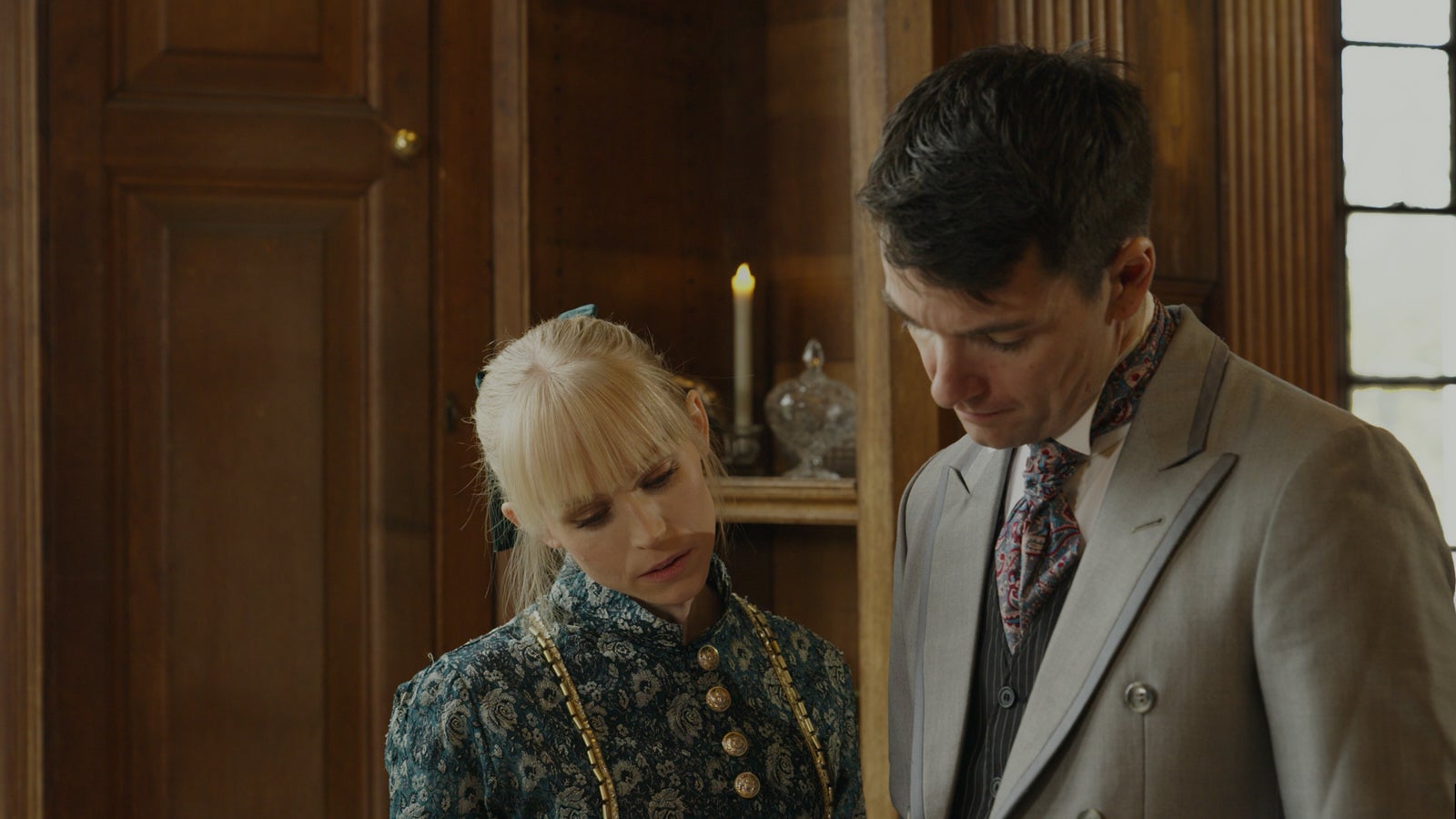
In SDR, the details and textures in the highlights such as the window on the right of this frame may be lost and invisible (simulated)
Not different than SDR
The bulk of an HDR image is no different from an SDR image. Blacks, shadows and midrange are all the same. So in practice you would expose these exactly the same for an HDR production as you would for SDR. You do not normally need to expose brighter or expose darker for HDR. You don’t even need to use an HDR monitor. If you use an SDR LUT in the camera such as s709, then you can monitor in SDR and you would expose as you would normally for an SDR production. You should avoid under exposure as excess noise is never good whether SDR or HDR and as always, the thing your audience will always notice the most is problems with the mid-range, faces and skin tones in particular. So, it’s important to get the mid-range right, but again this is no different than shooting for SDR.
What about highlights?
If you have exposed the mid-range correctly, then in most cases your highlights should naturally fall into place. Even the very best HDR TV’s cannot reproduce the full range that a modern camera can capture. But you still need to be mindful of how your highlights might look. An example of this might be where you have a window in a shot.
In HDR, a light stand or reflector outside that window that would be blown out or invisible in SDR might become visible in HDR. It's much harder to realistically blow out the sky in HDR if you wish to disguise different cloudscapes when shooting scenes over different days. Also, specular reflections can be more distracting in HDR - glints off jewellery or similar might detract from a face in a romantic scene for example. Personally, I like to add a very slight touch of diffusion when shooting HDR to take the edge off specular reflections and highlights, but that’s a personal choice.
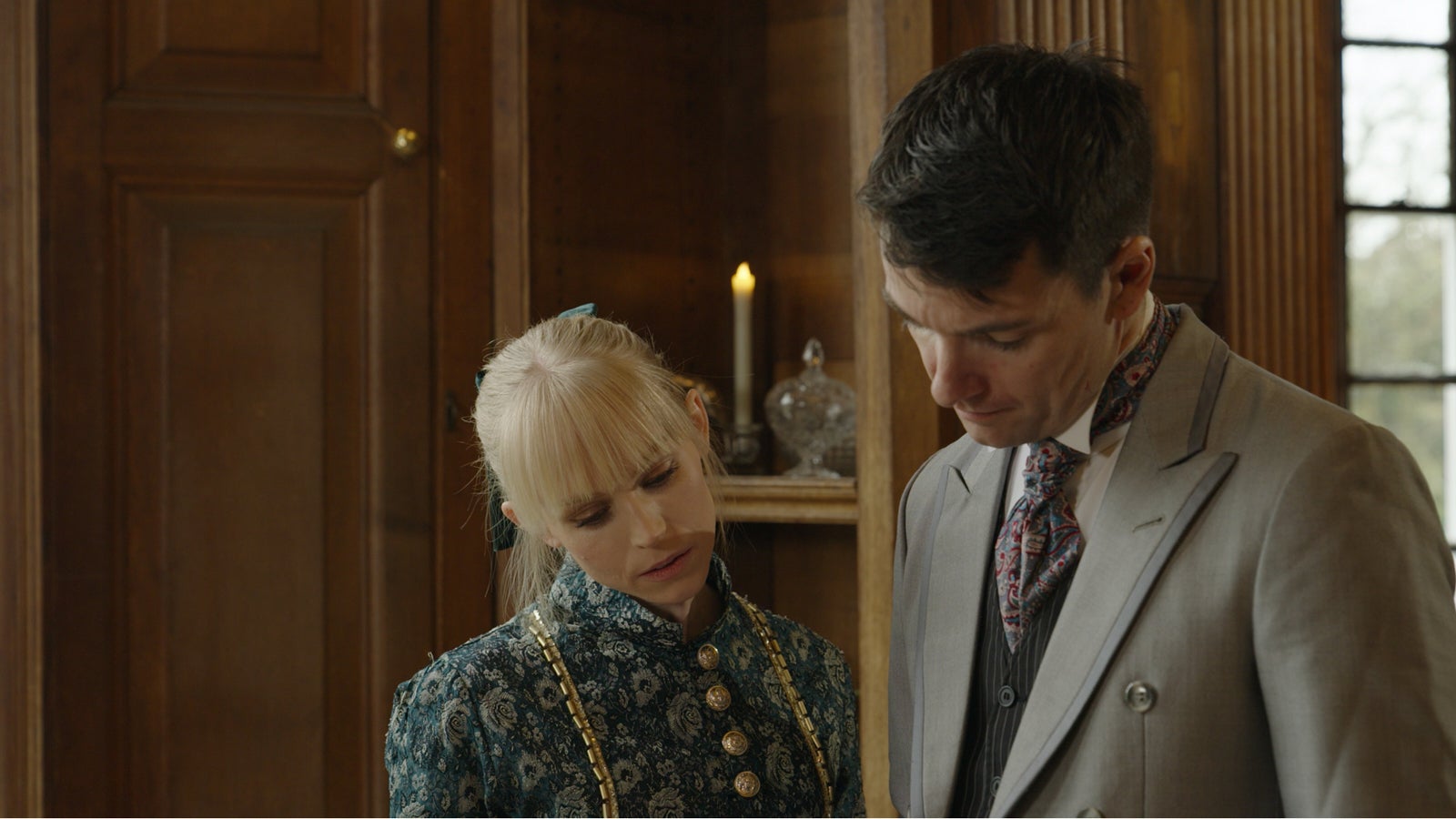
When viewed in HDR, the details and textures outside the window may become visible again (simulated)
HDR doesn’t make the impossible possible
HDR won’t normally allow you to shoot shots that you normally wouldn’t undertake in SDR. For example, shooting someone against a bright window. While the HDR display might be able to reproduce the high contrast between the person and background better than an SDR display, it isn’t going to be something comfortable to watch. And if that window is very large or fills the frame the average power limitations of the display will likely become an issue and the average brightness will end up little different from SDR. You might need to think about the types of scenes you are going to shoot. Snow and beach scenes will use up lot of an HDR display’s power budget due to the high average brightness of the sand or snow that might fill the frame.
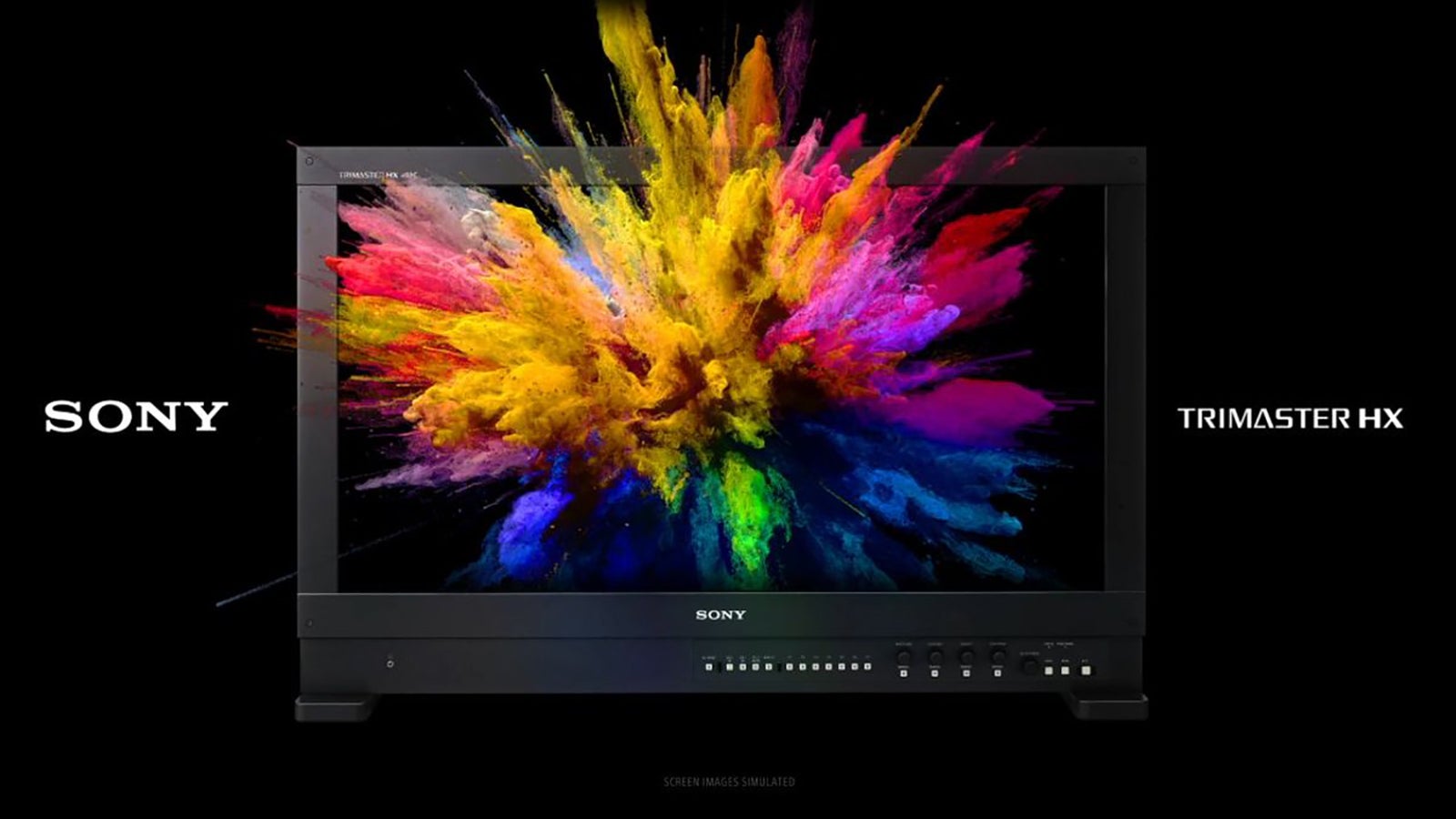
Sony BVM-HX310 4K HDR Monitor
HDR Monitors
While it is perfectly possible to shoot HDR using an SDR monitor, there are obvious benefits to having an HDR monitor on set when you shoot. An HDR monitor will give you a better understanding of exactly how your content will look when viewed at home on an HDR TV. But to really make the most of the HDR monitor, it should be viewed in a dark environment as this is how your audience will hopefully be viewing your HDR content, so as a very minimum you will want deep sunshades or better still, a tent or other way to block out ambient light.
I have a lot of content that was shot using S-Log or RAW from before HDR was as common as it is today. A lot of this older content was shot using SDR monitors as there were no portable HDR monitors back then. Yet this content still looks great when graded for HDR. This certainly proves to me that simply by exposing correctly - as you would for SDR and while using an SDR monitor, you can still shoot great HDR content. It really isn’t difficult, and you really don’t want to expose differently in most cases. You do need to think a little bit more about what’s going on with your highlights, but it’s still the mid-range that’s the most important.

